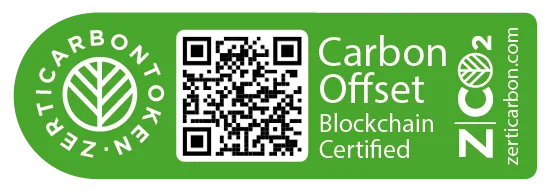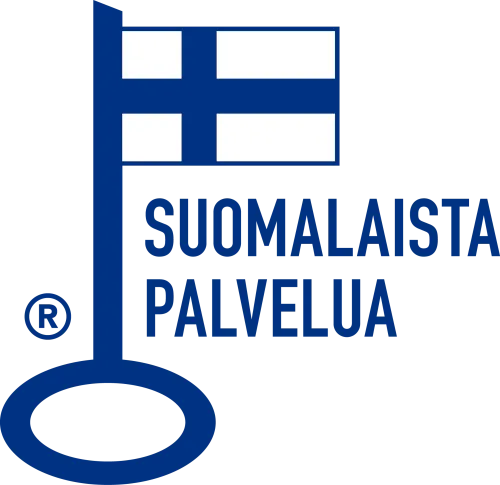
Verkkotunnus on varattu asiakkaallemme
Hanki oma webhotelli tai domain helposti kotimaiselta palveluntarjoajalta.
Kaikki webhotellimme sisältävät verkkotunnuksen ja paljon muuta!
Tutustu ja tilaa webhotelli sekä domain!


Hanki oma webhotelli tai domain helposti kotimaiselta palveluntarjoajalta.
Kaikki webhotellimme sisältävät verkkotunnuksen ja paljon muuta!
Tutustu ja tilaa webhotelli sekä domain!
